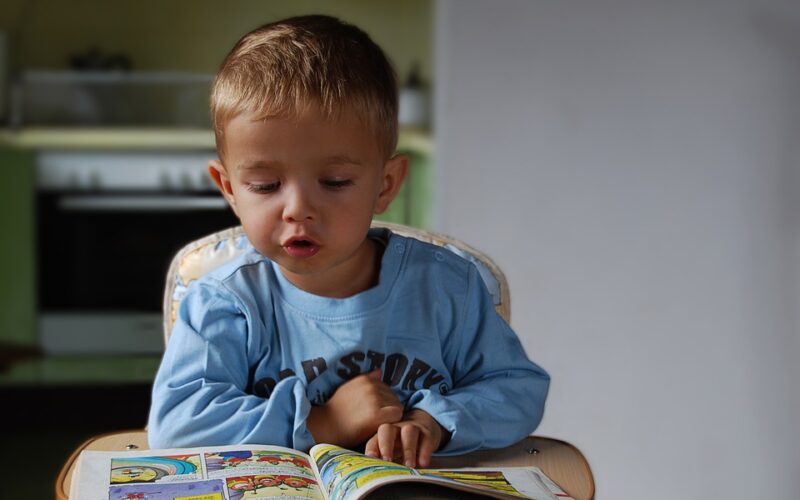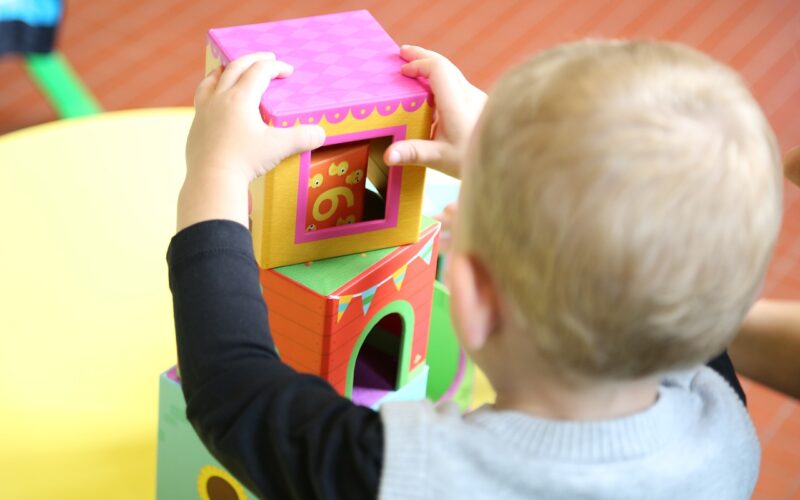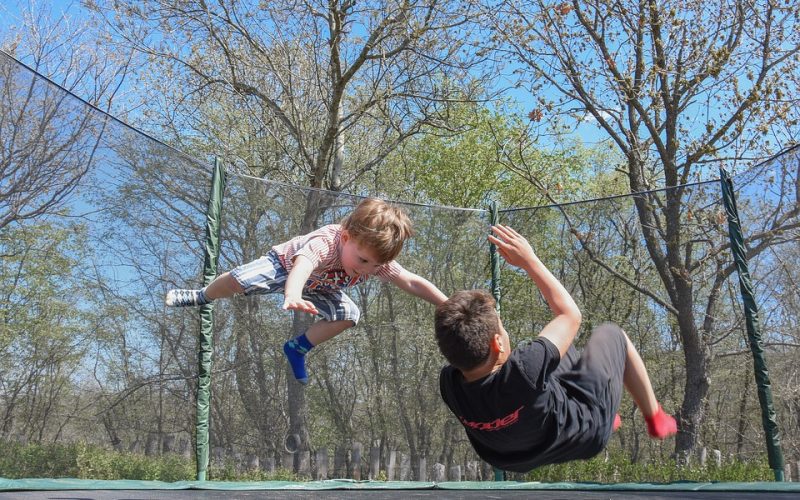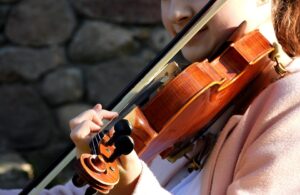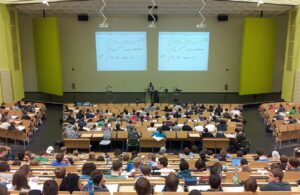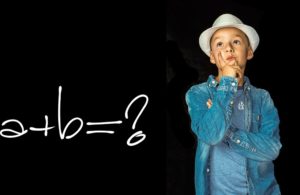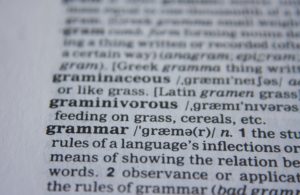Children today are taught many concepts much earlier than their parents and grandparents, so education in higher grades often progresses into more complex concepts. The youngest students often find it difficult to concentrate for long periods of time, and their teachers are well aware of it. Rather than focusing on only one type of process to educate their students, they teach the same concept in different ways. As small children begin to absorb information on a regular basis, they are then taught good learning habits.
It does take quite a bit of discipline for people of almost any age to sit down and learn an unfamiliar subject, but motivation can go a long way in helping them. The youngest students must be gradually coaxed into their education, but their teachers today work to help them learn good ways of acquiring information. They also focus helping students find ways to retain what they learn to make it easier to learn more complex subjects and information.
Sitting in a chair for hours at a time is often the most difficult part of knowledge acquisition, and formal education often provides breaks for students. Bringing them back into the classroom refreshed, they are then taught one more time the same information they were given before the break. Repetitive presentation is part of helping children become familiar with a subject, and it can reinforce their memory throughout the school day. Many of the youngest students will get the same information on a daily basis for months at a time, and their ability to retain it will eventually solidify.
Good study and learning habits are developed over time, and modern educational institutions have come up with various ways to teach and reinforce them. The youngest students are given small bits of information that will be repeated daily, and students will review that information and then learn more as they age through the system.
